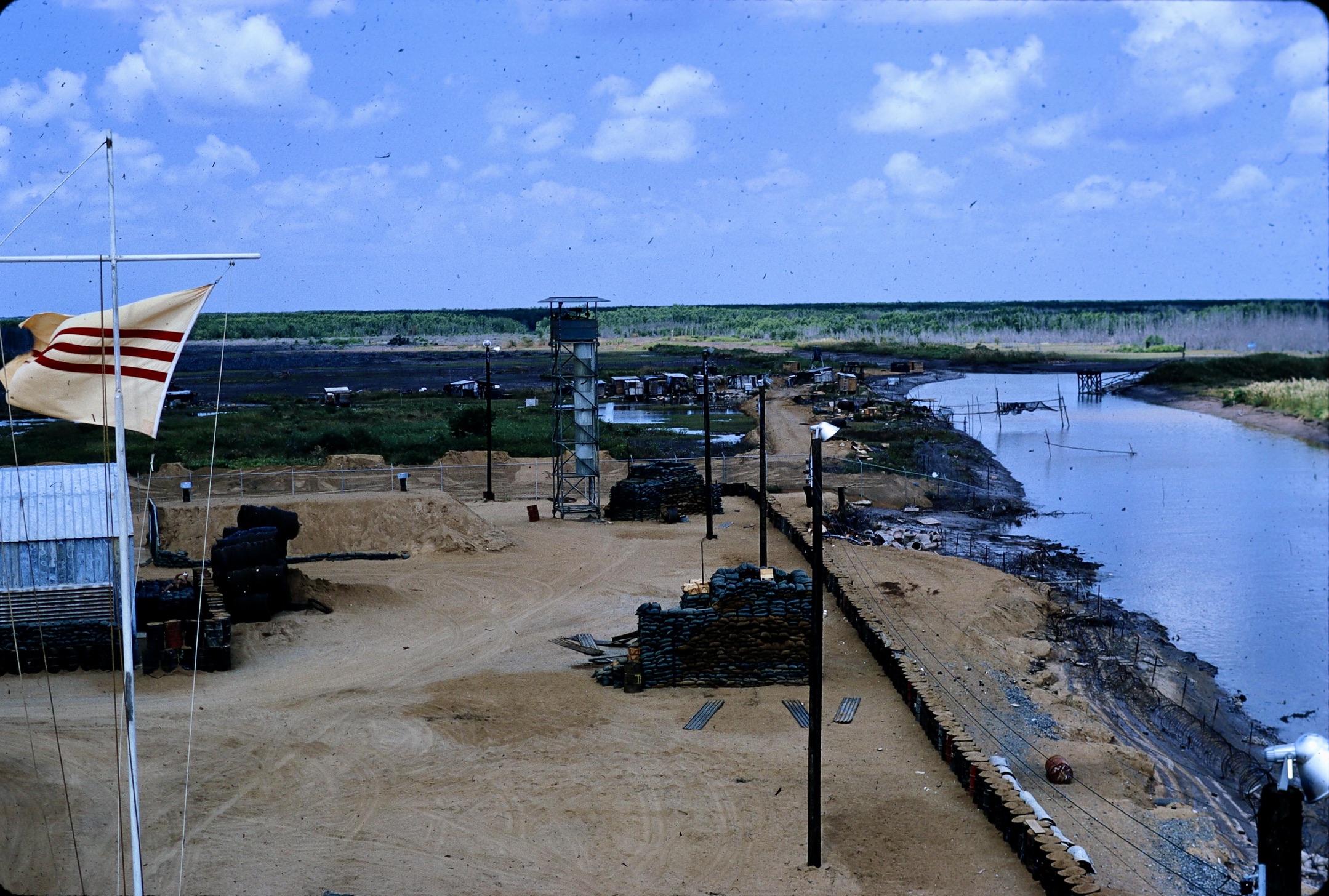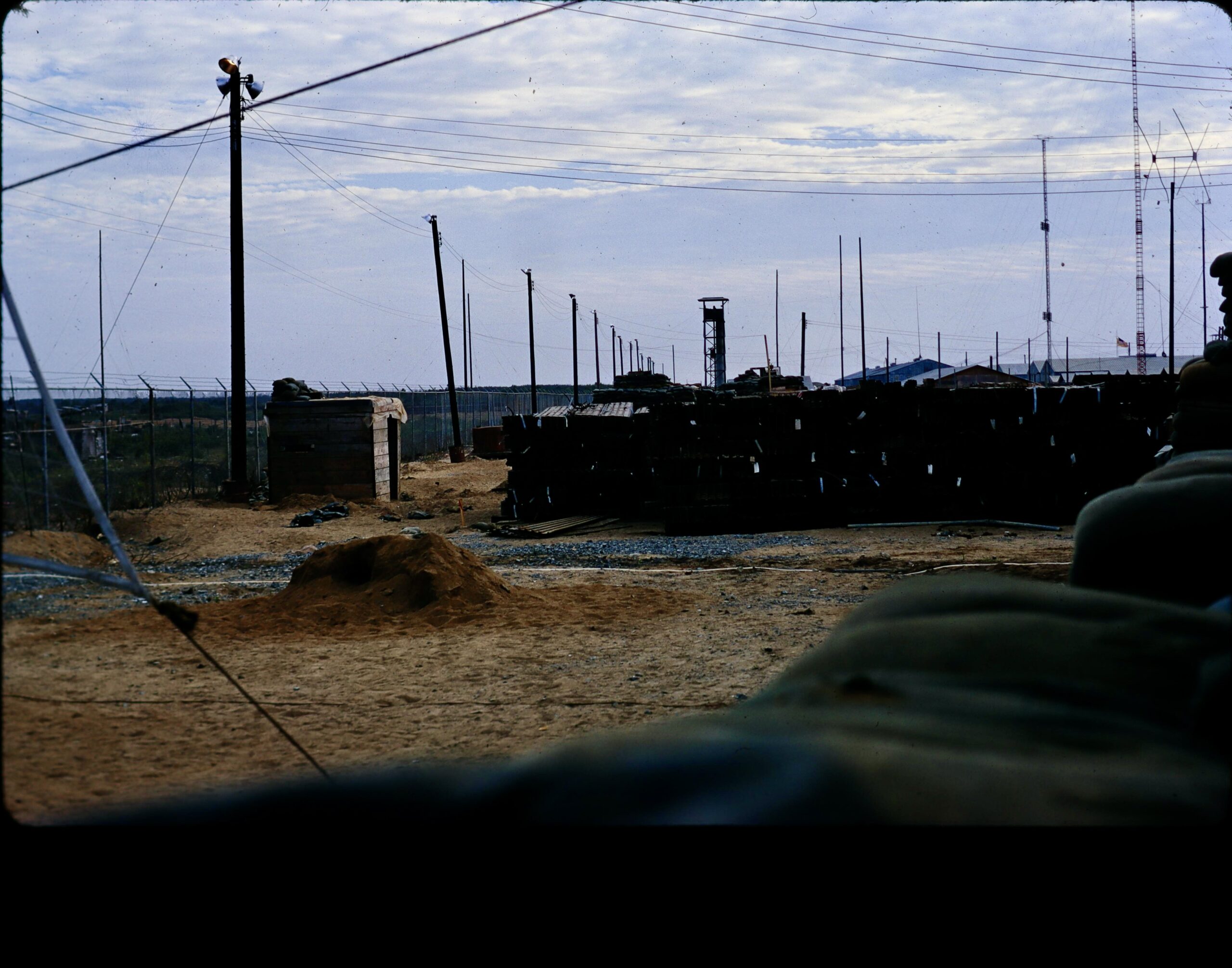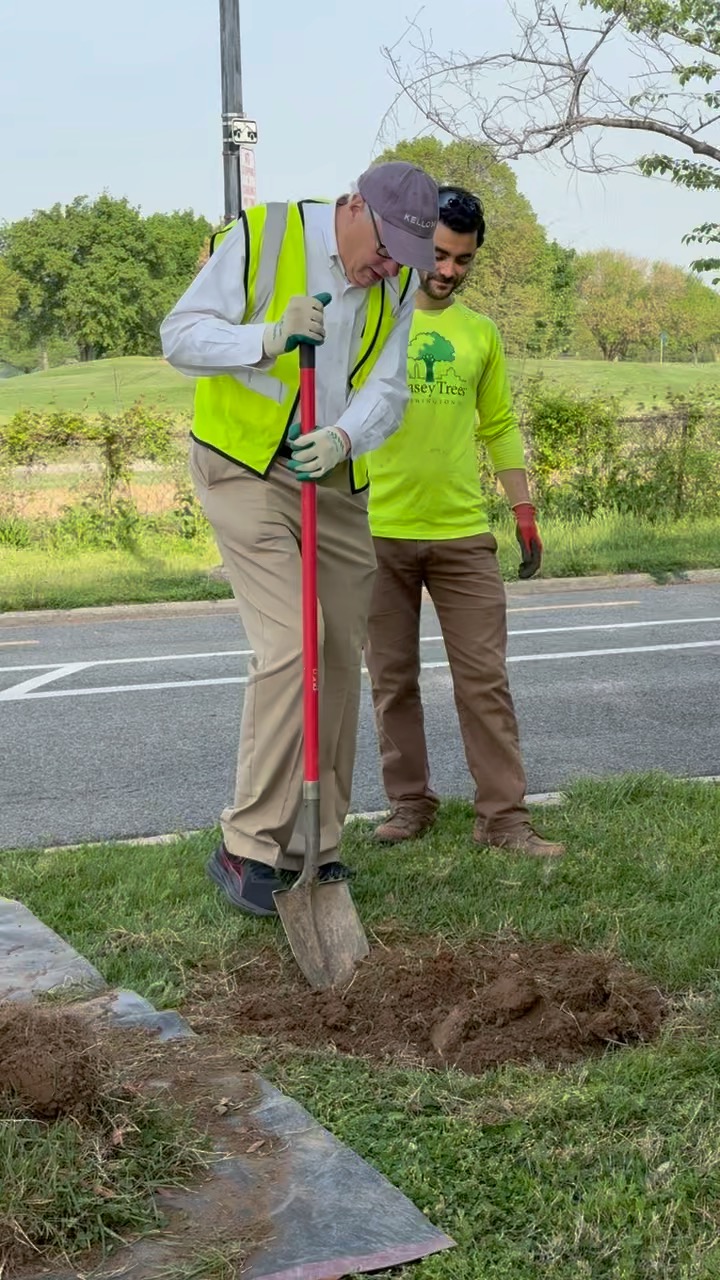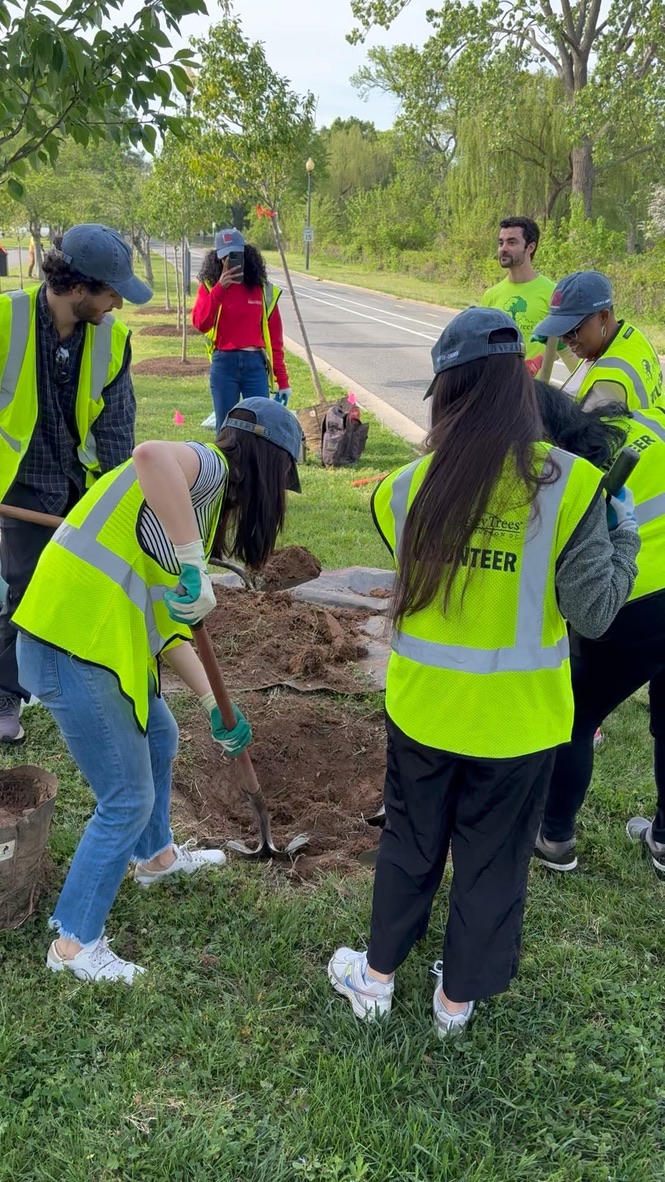When Jim Blaine was CEO of SECU(NC) he was sceptical of his peer’s elaborate strategic plans. Instead he offered his mimalist version as follows:
Vision: Send us your Moma.
Mission: Do the right thing.
These were guiding principles for how to serve members as well as evaluate tactical business options.
I was reminded of this simple guidance when reading the following “bettter deal” story from a CEO’s update for the staff and board:
Another member, Jessie, was set on purchasing a vehicle from Carvana for $19,880, even though its actual value was $15,300. While he was still willing to proceed, I wanted to ensure he got the best deal.
After a quick search, I found the same vehicle, in the same color and trim, but two years newer at a local franchise dealer for the same price. The vehicle was priced at its actual value, making it a far better investment. Jessie ended up purchasing the newer vehicle and closing through CUDL, securing a much smarter deal.
These are Not Normal Times
Yesterday another administration error was corrected by the Supreme Court which ordered that a migrant mistakenly sent to El Salvador be returned to the US. The administration denied it had the power to do so.
Senator Cory Booker recently spoke:
“These are not normal times in America, and they should not be treated as such. This is our moral moment. This is when the most precious ideas of our country are being tested….”
As DOGE has now moved into NCUA, it is important to remember Booker’s assertion that, “In this democracy the power of people is greater than the people in power.”
The Wrong Part
While resignations on principle, the dismissal of career federal employess and wholesale demolition of federal government departments may seem remote or even necessary to some, the continued destruction of government services will ultimately negatively affect every American.
But we need look no further than credit unions to see how hard it is to follow Jim Blaine’s simple maxim to do the right thing.
CUDaily founder Frank Diekmann recently wrote an opinion piece Lots of Questions About Mergers. He .summarizing the multiple motives given members including examples of questionable accuracy:
The vague claims about “more products and services” and “better rates.” The big payouts for some management teams and nothing for the members. Whopping amounts of net worth just being transferred to the acquiring CU. And relatedly, a question that is never answered: if you’re lamenting you just couldn’t offer certain products and services, why didn’t you tap into some of your deep pile of capital?
Also related, and a question I wish I could ask of many CUs: where in the world has the board been over the last few years or decade?
Our Moral Moments
What we are seeing in our public and professional lives show the inevitable challenge every person encounters at some point. Perhaps more than once as we grow through stages of increased responsibility and accountability.
We all believe in our hearts we will do the right thing when necessary. Unfortunately many others rely on a reality that “everyone has a price” with which they can be induced to go along.
Author and spiritual leader Richard Rohr described this human circumstance as follows:
It may not be in our power to determine how things will unfold, but it is in our power to decide how we respond. It is in our power to hold on to the practices that nourish us, inform us, and give us courage. It is in our power to remain in integrity, to choose nonviolence and noncooperation in the face of all the wrongs we are seeing.
The beginning of a way out is to honestly see what we are doing. The price we’ll pay is that we will no longer comfortably fit in the dominant group!
Doing the Right Thing may not put you in the dominant group. Remember that your ability to resist is because others gave you the personal wherewithal to both see and chose another way forward. That is the individual foundation which all institutions require to survive. We call that personal responsibility democracy. It is how we achieved the freedom we share today.


























